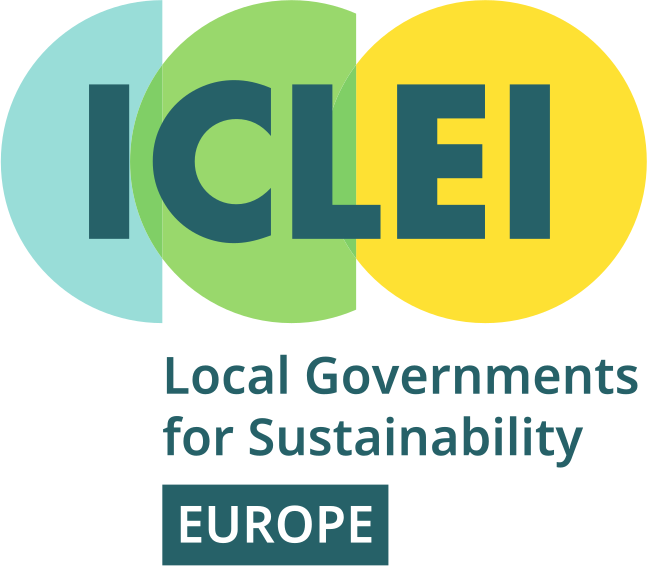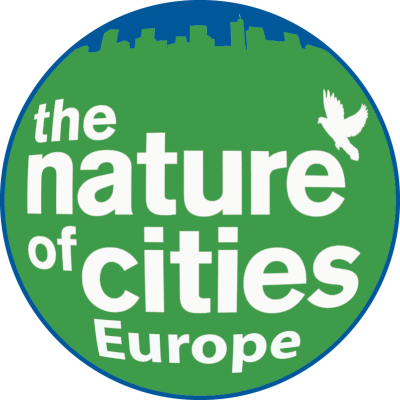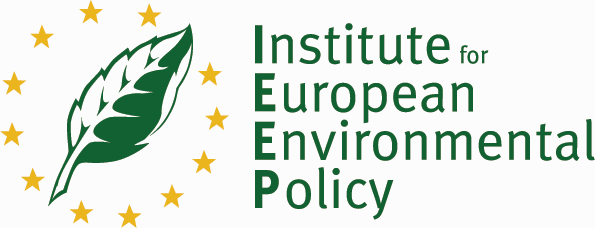
Objective:
The main purpose of the project is the development of sylviculture combining wood and fungal production. It also consists in developing, testing and popularizing technical itineraries that conciliate these two issues. In addition, there is the need to understand and analyze the mushroom value chain, and to determine the possible ways to organize collection and marketing of these products.
Context:
On both sides of the Alps, particularly in the Rhône-Alpes region, in Piedmont and the valleys of Liguria, mushroom harvesting is based on a harvesting economy, with no control over production or valorization (except truffles). The aim of the project is to improve knowledge on sylvicultural techniques to favor or not to favor the fruiting of forest fungi, and to popularize these so-called "myco-compatible" techniques with forest owners or managers.
Contacts:
Olivia MAROIS, CNPF, olivia.marois@cnpf.fr











